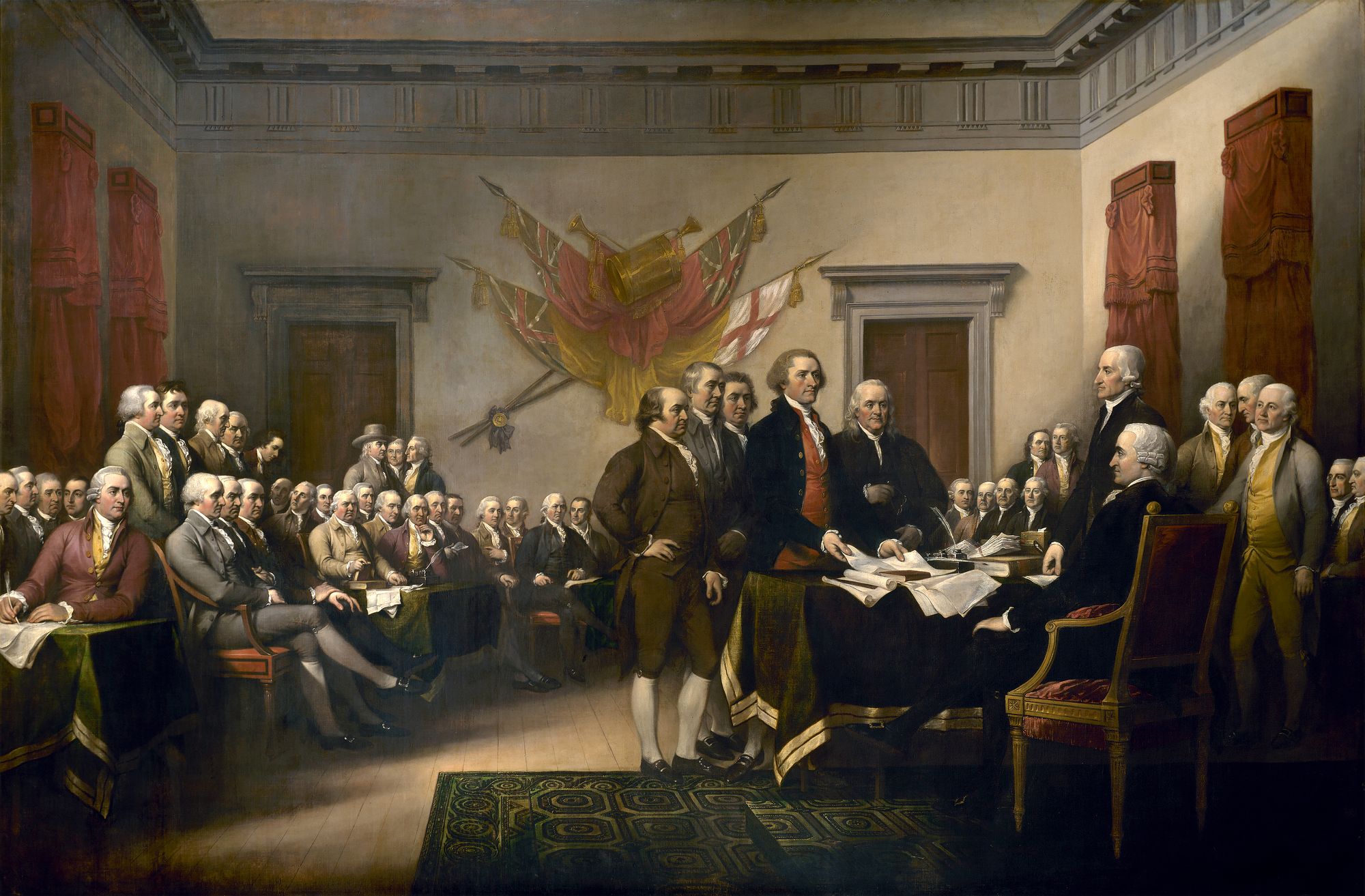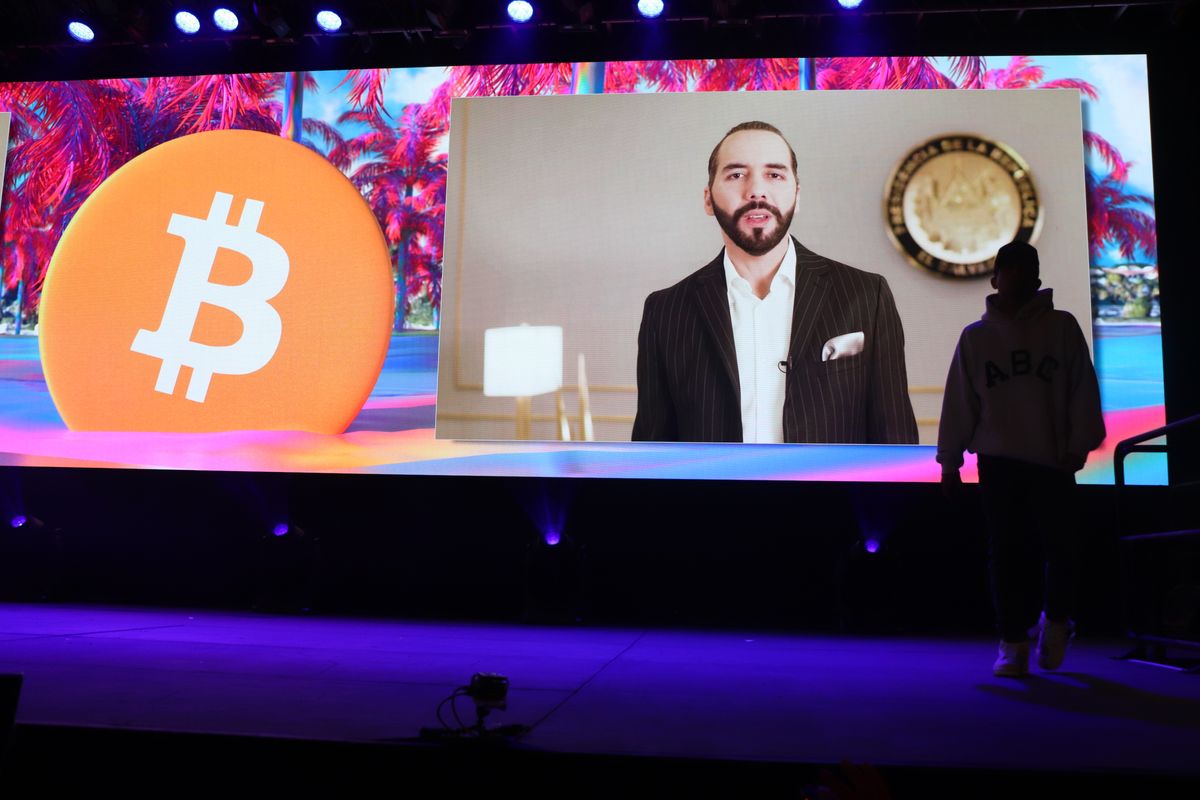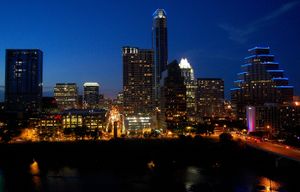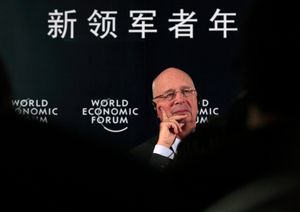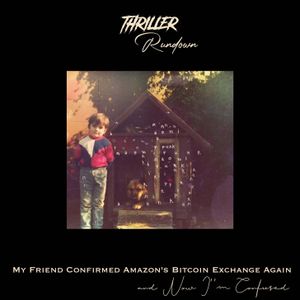On June 5th, 2021 El Salvador changed the world of Bitcoin forever, but it was a long road to even get here. El Salvador first had to make peace with their past before creating a new tradition of hope for the future.

To understand El Salvador you must look back at its history and really look at where they came from. The Lenca were the first and the oldest indigenous civilization to settle in El Salvador. The Lenca were succeeded by the Olmecs, who eventually also disappeared leaving many monumental architectures in the form of the pyramids behind. Look forward centuries later and they were then replaced by Pipil people, who migrated from Mexico centuries before the European conquest had occupied the central and western regions. The Pipils or Cuzcatlecs were the last indigenous people to arrive in El Salvador (they called their territory Cuzcatán meaning “the place of precious jewels.”)

In 1811, a combination of internal and external factors motivated Central American elites to attempt to gain independence from the Spanish Crown. The most important internal factors were the desire of local elites to control the country’s affairs free of involvement from Spanish authorities, the main external factors motivating the independence movement were the success of the French and American revolutions in the 18th century, and the weakening of the Spanish Crown’s military power as a result of the Napoleonic Wars. In November 1811 Salvadoran priest José Matías Delgado rang the bells of Iglesia La Merced in San Salvador, calling for insurrection and launching the 1811 Independence Movement. This insurrection was suppressed, and many of its leaders were arrested and served sentences in jail. In 1821, the country finally achieved independence from Spain as part of the Federal Republic of Central America joining Costa Rica, Guatemala, Nicaragua and Honduras until 1913. During this time the country was politically stable with undercurrents of popular discontent until Dr. Manuel Enrique Araujo was killed when farmers assaulted him with machetes. Araujo died five days later and was buried in one of El Salvador’s famous cemeteries. The Meléndez, Quiñónez dynasty lasted from 1913 to 1927. This led to an unstable political climate of the years to follow and the social activist, revolutionary leader, Farabundo Martí helped found the Communist Party of Central America and became the leader of the International Red Aid in Latin America (their goal was to help poor and underprivileged Salvadorians.)

In October 1979 a coup d’état brought the Revolutionary Government Junta of El Salvador to power. It nationalized many private companies and took over much privately owned land. It really wasn’t until the end of the 19th century that political, social, economic and cultural foundations of this country were created with what you see today. In that time they sought a product around which an economy of El Salvador would revolve around, previously this was indigo (in fact the independence of this country was fought to liberate indigo and be less dependent on imports.) The product that becomes the foundation of El Salvador exports is coffee (by the 2000’s this would have diversified into miscellaneous textiles, knit clothing, plastics, sugar, pharmaceuticals etc…) but unlike indigo this requires permits and proof of private property which most Salvadorans up until that point did not have, this is why so many large liberal reforms were introduced that allowed many wealthy families to appropriate the properties of thousands of peasants and indigenous people. The coffee growers that now owned the land needed a workforce and that workforce became those same indigenous people who had now become the working class. This starts economic machine and capital to circulate, banks are then created, cities began to thrive, railroads are built, this begins the transformation to capitalism in El Salvador.

At that time about 60% of the farmland (coffee estates) is owned by a few aristocratic families. This creates a lot of social inequality and of course this created unrest in the people of El Salvador and when there is unrest in the world only one country can save you…the USA. Of course the United States being the United States started meddling in the form of investment of approximately $35 million dollars in direct military aid to combat insurrections and to guarantee this Revolutionary Government that El Salvador had implemented would not fail. But ultimately guerilla warfare tactics have no end and there was a stalemate that started negotiations and an arrangement that resulted in new political reforms. From 1989 until 2004, Salvadorans favored the Nationalist Republican Alliance (ARENA) party, voting in ARENA presidents in every election (Alfredo Cristiani, Armando Calderón Sol, Francisco Flores Pérez, Antonio Saca) until 2009. The unsuccessful attempts of the left-wing party to win presidential elections led to its selection of a journalist (haha imagine that) rather than a former guerrilla leader as a candidate.

On 15 March 2009, Mauricio Funes, a television figure, became the first president from the Farabundo Martí National Liberation Front (yes that same guy’s ideals lived on from the 1920’s FMLN) party. One focus in his government is revealing the allege corruption in past governments, (well that's a start as long as you are not corrupt yourself right…right?) He has also made a specific effort to increase the resilience of the economy by develop and implement a policy for climate change by commissioning a project called, National Policy and Strategy for Climate Change in 2013 (this work is undertaken with CDKN.) In March 2014, Salvador Sanchez Ceren of the FMLN narrowly won the election. He was the first former guerrilla to become the President of El Salvador. In October 2017, an El Salvador court ruled that former leftist President Mauricio Funes, in office since 2009 until 2014, and one of his sons, had illegally enriched themselves (surprise!) Funes had sought asylum in Nicaragua in 2016 (like a coward but they got Tony.)
In September 2018, former conservative President Antonio “Tony” Saca, in office since 2004 until 2009, was sentenced to 10 years in prison after he pleaded guilty to diverting more than US$300 million in state funds to his own businesses and third parties. On June 1st, 2019, Nayib Bukele became the new President of El Salvador. Two main parties, left-wing FMLN and the conservative arena, had dominated politics in El Salvador over the past three decades. He represented the GANA (National Alliance), an ultra conservative party. According to a report by the International Crisis Group (ICG) 2020, following his election the homicide rates, murders in El Salvador had dropped by as much as 60% since Bukele became president. People have stated the reason might have been a “non-aggression deal” between parts of the government and the gangs. The party “Nuevas Ideas,” founded by Bukele, with its allies (GANA-New Ideas) won around 2/3 of the vote in the legislative elections. His party won supermajority of 56 seats in the 84 seat parliament. The supermajority enables Bukele to appoint judges and to pass laws.

Then on June 8th 2021, at the initiative of president Bukele, pro-government deputies in the Legislative Assembly of El Salvador voted legislation to make Bitcoin legal tender in the country and changed the Bitcoin world forever. It’s obvious if you look at how the country is ran today a new political force has emerged, the Salvadoran millennial class is the future and it is led by President Bukele. He is showing that his digital-native first approach is exactly what a country like El Salvador needs. He is pushing forward and looking for anyone to step up and assist with or without help of other nations.

The ultimate solution they are pushing is providing better jobs and investments for the generations that are growing up now. They are taking it upon themselves to right the wrongs of past generations. Communities in El Salvador are organizing themselves now. In the past, gangs in El Salvador thrived because of a lack of organization in these cities and small towns. The gangs now are unable to penetrate because Salvadorans have civil control in the communities they live in. This will lead to investing in themselves. Building schools and developing teachers through youth education programs. Fostering tangible prosperity (educational value you can feel and touch.) this is what will guarantee the conditions of stability and economic change for the people in El Salvador. They are creating a new tradition of hope in El Salvador but they do this by first making make peace with the past so they can hope for a better future, it’s truly a remarkable thing.

We released first episode of Thriller Bitcoin and the start of Season 5 for Thriller Premium.
